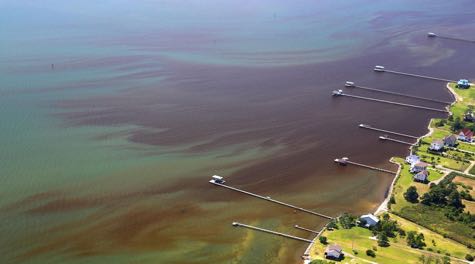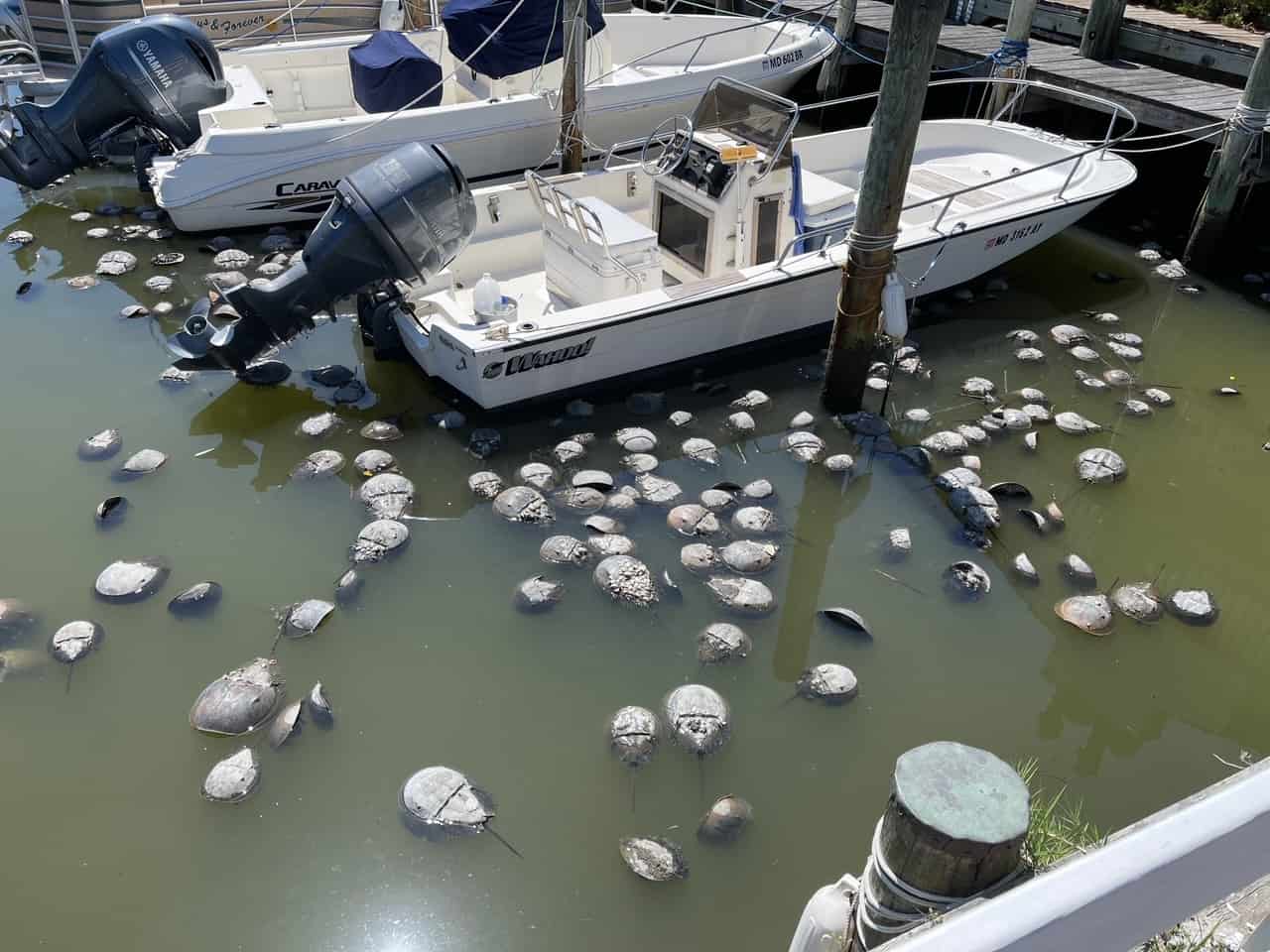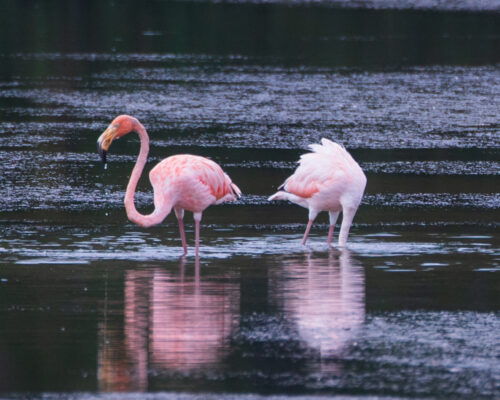A little over a month ago, Bay scientists made an especially encouraging prediction: that the mass of oxygen-starved water known as the “dead zone” that develops each summer could be smallest on record, giving the Bay’s vulnerable ecosystem a potential shot in the arm.
Scientists with the Chesapeake Bay Program, University of Maryland Center for Environmental Science, University of Michigan and U.S. Geologic Survey forecasted then that the mass of oxygen-starved water would be one-third smaller than the average size since tracking began in 1985.
So far, the predictions are ringing true: new data show the dead zone in both the Maryland and Virginia portions of the Bay is significantly better than average.
In June 2023, the Maryland Department of Natural Resources (DNR) and Old Dominion University collected data during research vessels’ regular monitoring cruises.
The scientists found that this year’s data from early June ranks as the second smallest volume of hypoxic water volume on record and late June was the smallest volume compared to historic averages.
The hypoxic water volume—water with less than 2 mg/l oxygen—was 0.22 and 0.33 cubic miles during the early and late June monitoring cruises, compared to early and late June averages of 0.87 and 1.30 cubic miles since 1985.
There were no areas of anoxia—where the water has less than 0.2 mg/l oxygen—found in June.
What’s causing the dead zone to be 33 percent lower than average? The June forecast attributes it to reduced river flows from January through May 2023 and less nitrogen carried to the Bay because of recent efforts.
DNR says these findings are important because crabs, fish, oysters, and other creatures in the Chesapeake Bay require oxygen to survive. Scientists and natural resource managers study the volume and duration of Bay hypoxia to determine possible impacts to Bay life.
Meanwhile, environmental groups and state and local governments are working to reduce nitrogen and phosphorous pollution from industrial sites, farms, cities and towns to try to keep the dead zone low. Nitrogen and phosphorous trigger dead zones because they fuel algal blooms, and the algae removes oxygen from the water.
Bay hypoxia monitoring and reporting will continue through the summer. You can find more information about dead zones on the Eyes on the Bay website.
-Meg Walburn Viviano






